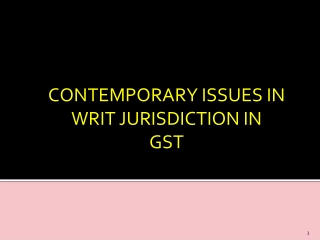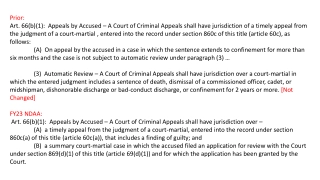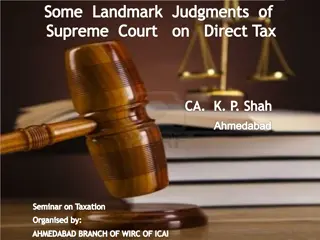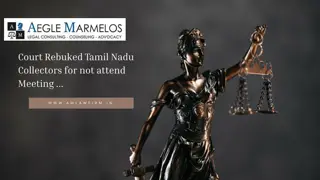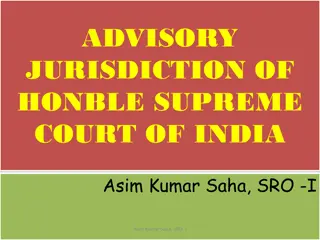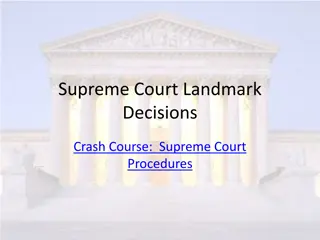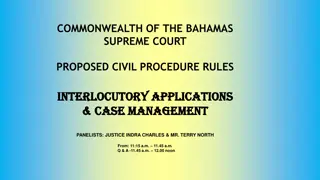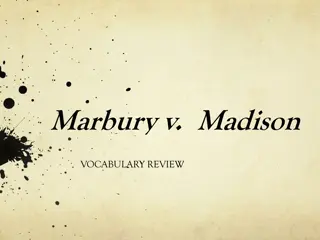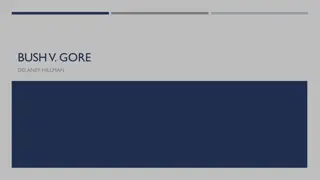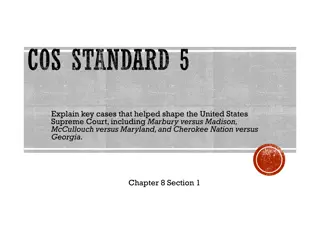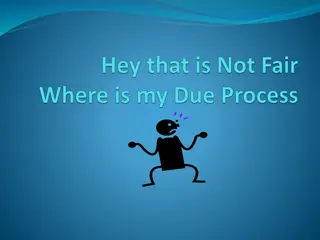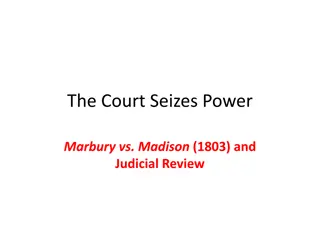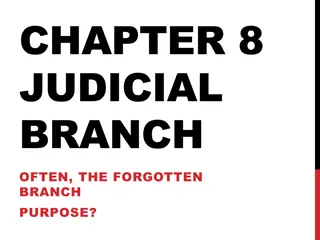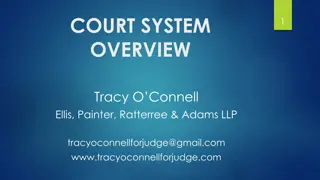The Supreme Court's Writ of Certiorari Process
Explore the process of granting certiorari by the Supreme Court, including the meaning of writ of certiorari and how cases reach the highest court. Learn about the primary role of the court, the parties involved in certiorari, and the factors considered when deciding to accept or decline a petition. Discover the number of petitions received annually and the reasons for accepting or declining certiorari requests.
Download Presentation

Please find below an Image/Link to download the presentation.
The content on the website is provided AS IS for your information and personal use only. It may not be sold, licensed, or shared on other websites without obtaining consent from the author.If you encounter any issues during the download, it is possible that the publisher has removed the file from their server.
You are allowed to download the files provided on this website for personal or commercial use, subject to the condition that they are used lawfully. All files are the property of their respective owners.
The content on the website is provided AS IS for your information and personal use only. It may not be sold, licensed, or shared on other websites without obtaining consent from the author.
E N D
Presentation Transcript
Todays Objective After today s lesson, students will be able to... Explain the meaning of writ of certiorari Discuss the Supreme Court s process for granting certiorari Essential Skill: Explicitly assess information and draw conclusions
The Courts Primary Role To resolve conflicts in lower courts; interpret the constitution, laws, and treaties of the United States
How Cases Get to the Supreme Court 1) Original Jurisdiction 2) Certificate on a Rule 3) Writ of Certiorari
Writ of Certiorari Parties who are not satisfied with the decision of a lower court must petition the U.S. Supreme Court to hear their case. The primary means to petition the court for review is to ask it to grant a writ of certiorari. This is a request that the Supreme Court order a lower court to send up the record of the case for review
Number of Petitions In recent terms, there have been between 7,000 and 9,000 cases appealed to the Supreme Court each year. Out of approx. 8,000 petitions in the average year, about 80 are granted (1%).
Deciding on Certiorari Reasons to Accept Circuit Conflict Importance One of a kind case Public interest Capital case Areas of interest to justices Legal errors in lower courts Involvement of federal government Reasons to Decline Absurd Claims Frivolous Issues Clear Denies Lack of Percolation Cases of Bad Facts Pipeline Considerations Intractable Issue
Deciding to Decide Read the six petitions for certiorari Decide whether the Supreme Court would or would not grant certiorari (listen to the case) and explain your reasoning


